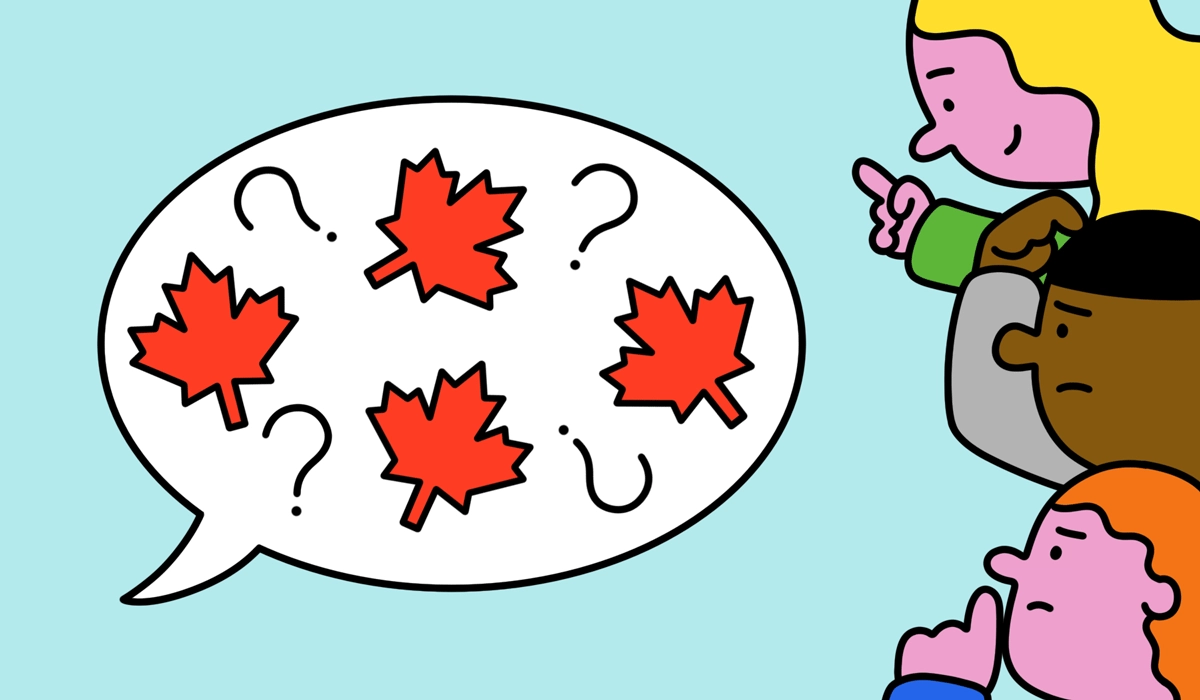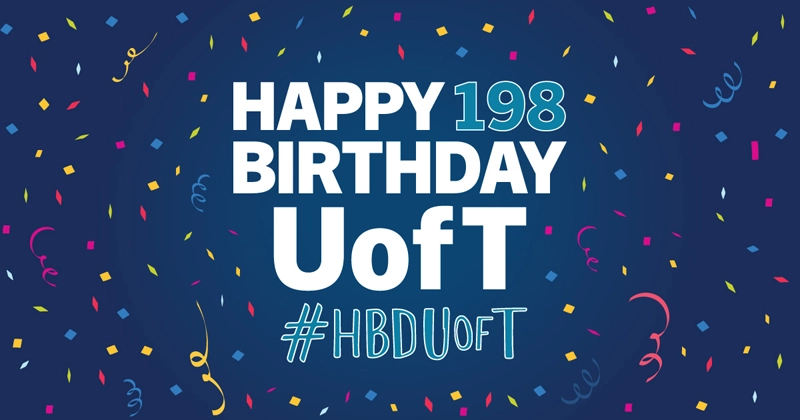Recently, university students in Quebec have been protesting plans to boost tuitions in that province – currently the lowest in Canada. One student leader has argued that the proposed increases threaten the principle that “education should be something that is available to everyone, regardless of social status.”
That argument certainly sounds plausible. However, study after study has shown that reducing or eliminating tuition fees would make education less accessible to the very people the students aim to help. Across Canada and in other parts of the world, jurisdictions with low tuition fees tend to enrol fewer university students per capita than those with higher fees. In the European countries with free tuition, for example, participation rates are about two-thirds of Canada’s. And Quebec’s participation rates are sharply lower than Ontario’s.
Why? A low- or no-tuition policy limits the supply of places in universities. Conversely, higher tuitions make more spots available. With enlightened policies that see institutions using new revenues to discount tuitions for lower-income students, more of those spots can be taken by the best and brightest, regardless of socio-economic standing.
U of T has long provided bursaries to students in need, and turned that practice into policy more than a decade ago. In 2011, U of T spent $157 million on scholarships and bursaries – or $2,416 for every full-time equivalent student. That’s 36 per cent more than the average Ontario institution (excluding U of T) spends on student aid. Thus, although the “sticker price” of an arts degree at U of T is now about $5,700 a year, the more than 2,000 students in the Faculty of Arts and Science who receive support under the Ontario Student Assistance Program effectively pay zero tuition because of the financial support they receive from the university, while 8,000 students pay $4,000 or less.
I believe the rate of growth in student debt should be moderated. However, attacking that problem with tuition reductions for all will simply benefit those who are relatively well off. In that regard, 54 per cent of students in first-entry programs at U of T already graduate with no government loans.
Today’s accessible excellence at U of T is built in meaningful measure on a legacy of student support provided by alumni and friends. To sustain that legacy, our Boundless campaign, launched almost a year ago, aims to raise $300 million for student financial aid. Signaling the priority we place on student support, U of T will match – in perpetuity – the annual income generated by new endowed donations of $25,000 and up, whenever those donations address the financial needs of full-time undergraduates.
Last, while statistics on access and student aid are relevant, sometimes a story is more salient. Wendy Cecil (BA 1971 VIC) is a tireless volunteer and generous benefactor. She is the Chancellor of Victoria and a former chair of the university’s governing council. Cecil is also the first person from either side of her family to ever attend university. She entered U of T with a summer of hard-earned savings and a cheque for an Ontario Scholarship that almost covered her first year’s tuition fees. The next year, absent the scholarship, she could not afford her second tuition installment. With no expectation of student aid, young Wendy went to advise the Vic bursar, Fred Stokes, about her intent to withdraw. To her astonishment, Stokes simply said, “I think we can find a little something to help you.” Cecil was tearful with surprise at his kindness and her good fortune. She remains certain today that the course of her life was changed by that moment.
When Cecil shared this account with me, she added: “My dream is that other students, who receive any form of financial aid while at U of T, will feel the same debt of gratitude that I feel for that assistance, and will come back to serve and to give – so that others will have the opportunity for a University of Toronto education.” These words beautifully capture the cycle of generosity and opportunity that I hope our alumni and friends will sustain now and in the years ahead.
Sincerely,
David Naylor







No Responses to “ Accessible Excellence ”
I completely disagree with David Naylor's comments that reducing or eliminating tuition fees would make a university education less accessible to those in the lowest socioeconomic groups. While it is true that higher tuition fees may enable universities to open their doors to a greater number of students, these may not all be the excellent students that the University of Toronto wishes to admit. At the same time, many deserving students can't afford to go to university because of high fees -- regardless of whether they receive a bursary supporting part of their tuition.
Universities should not simply open their doors to a greater number of students, but to a greater number of deserving students. An excellent student, regardless of socioeconomic status, deserves an excellent education.
Universities should lower or completely eliminate tuition fees and reduce the number of students they admit. While I am aware that society benefits by having a greater number of university educated people, there is a saturation point for this benefit. We have to consider whether we are approaching this point, since already there are more university graduates than we have employment for, and a lack of people capable of doing jobs that do not require a university education.
Axel Grzymisch
BSc 2010
"Thus, although the “sticker price” of an arts degree at U of T is now about $5,700 a year, the more than 2,000 students in the Faculty of Arts and Science who receive support under the Ontario Student Assistance Program effectively pay zero tuition because of the financial support they receive from the university, while 8,000 students pay $4,000 or less."
Of course, they still have to pay back the loan plus interest on all that OSAP, so students are in fact paying more in the end if they're on loans.
"while statistics on access and student aid are relevant, sometimes a story is more salient"
READ: "Just ignore all the statistics that state that tuition fees continue to make post-secondary education inaccessible for many, and listen to this nice story."
The only way to ensure that high quality post-secondary education is truly accessible is through adequate public investment and the elimination of tuition fees. Period.
The question here is whether we want to go with our gut - mine used to say that lowering tuition fees would improve accessibility - or use the best available evidence to inform policy.
If we agree that accessibility, high participation rates and social mobility are valuable goals, and we look at the best available evidence, then we are likely to come to the same conclusion that the university has come to - i.e., tuition reductions are not necessarily the answer.
Obviously there is a limit to how high tuition should go, and in programs such as medicine there is no relationship between participation rates and tuition fees.
But for undergraduate programs, the policy of maintaining a reasonable tuition fee while ensuring adequate loans and grants for those who come from families with limited financial means is the most sensible option.
David Naylor has completely missed the point of the Quebec student protests over university tuition, and to argue that low tuition fees restrict access is disingenuous.
Education should be a right of citizenship. This does not mean, however, that just anyone gets accepted to university. Countries with fully state funded education, that in most cases also includes a living stipend, have rigorous entrance exams to ensure the best, brightest and most motivated students gain admission, regardless of social status.
It is true that Canada has a higher percentage of the population holding a university degree than countries in Europe that offer fully state funded education, and, using Germany as an example, the trend for university graduates in that country is, in fact, decreasing. This may be due to demographics, or to the wider range of post secondary education options available to students. Measured in terms of their healthy arts community, civic engagement and robust economy, Germany would appear to have a much better education system in place.
On the flip side, the U.S. has an even higher percentage of the population holding university degrees than Canada despite higher tuition costs. However, the Adult Literacy and Life Skills Survey rates the U.S. with one of the worst levels of adult literacy. In fact fully 50 per cent of the population does not have the reading, writing and comprehension skills needed to function in a modern economy. This begs the question of the quality of their education system, and the validity of the number of university degree holders as a metric of any relevance. The level of adult literacy may help explain, however, our neighbor's often unbelievable position on domestic and foreign policy.
With regards to Mr Naylor's story, I am glad that Wendy Cecil obtained her degree, but oh my god, what an appalling example. Does Mr Naylor really want to turn the university into a Dickensian institution where student opportunities are at the capricious whim of an alumni donation or the passing humour of an administrator? Does he really think the best way to fund underprivileged students access to higher education is to have them come, cap in hand at the end of each year, asking "Please sir, can I stay in school ?" This is outrageous!
Federal transfers and provincial allocations for education, health care and other social services have been on the wane for years. Mr. Naylor, and every other president of every learning institution in the country, along with every citizen, should be outraged and lobbying hard to reverse the trend until the goal of fully state-funded education, with rigorous entrance criteria, is achieved. Not only for the benefit of the students and society, but also for the schools themselves. With increasing reliance on corporate and alumni donations for funding, the integrity of the university, already tarnished, is further diminished.
Martin Gagné
BASc 1984